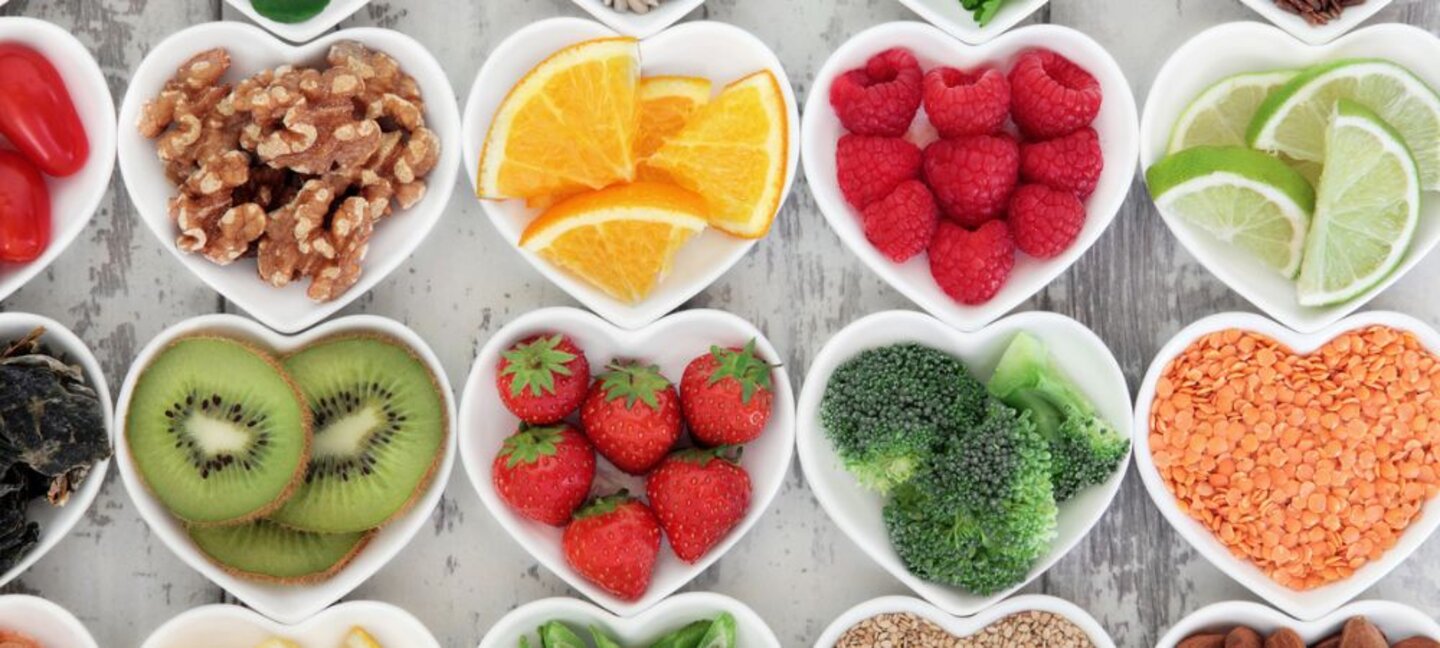Food Preferences: How the Brain Drives our Eating Behavior

You probably have noticed that after the intake of certain types of food and drinks, you experience a change in your mood or even a boost in your mental activity. Food intake is not only a basic human need but a reward for most people. When we eat, our brain responds instantly to the taste and smell of food as well as other sensory properties like visual appearance. Although our food choices mainly depend on homeostatic factors, there are other internal states referred to as psychological “drivers”, also playing an important role in many of our daily eating decisions. Such motivational drivers are expressed when your brain triggers goal-directed actions to consume food even without feeling hunger. While it is true that feeling hungry is not a voluntary decision, whether and how to satisfy or not hunger it is indeed voluntary. In that process, the brain handles multiple aspects of food stimuli even those that you are not aware of.
Hunger or appetite: can the brain find the difference?
Why do we decide to eat? It is just because we need food to keep us alive or because we want food to distract our senses?
Simply in a few words, we eat for two reasons:
Homeostatic eating: the goal is to get the nutrients the brain and body need to maintain optimal levels of energy stores.
Hedonic reward-based eating: induced by highly palatable food, eating is either motivated to satisfy a desire, to get pleasure, or to cope with certain emotions.
When we eat to restore body energy, a process known as “Leptin feedback loop”(e.g. biological moderators) automatically triggers . Within this neuocircuitry, the hypothalamus plays a central role mediating energy-expenditure aspects of leptin hormone. When this pathway is active, food-intake decisions are made fast without involving too much thinking. Thus, hunger is motivated by the instinct of survival which drives us to eat to respond a physiological need (homeostactic eating). Instead, when food-intake choices do not respond to biological motivators, the brain reward neurocircuitry —mainly driven by limbic and frontal brain centers — is taking control causing appetite (e.g. hedonic-based eating). It is important to understand that unlike hunger, appetite is selective and typically caused by an emotional feelings like when we have the desire to eat because we are bored or nervous.
As you may notice, the choices we make about food involve a complex network that is driven by biological and non-biological motivators. But clearly, deliberative decisions about food preferences are only relevant when signals from the brain lead us to ingest food in response to appetite rather than hunger. At this point, the interaction of limbic and prefrontal circuits with the hypothalamus plays a fundamental role in controlling your appetite avoiding as much as possible excessive ingestion when the body energy demands are already satisfied.
Food preference formation: why we like what we like?
Although food preferences are thought to be innate many of them are hedonic-based (see Rozin & Millman, 1987). Indeed, food preference formation is a growing awareness process that begins with flavor likes and dislikes very early in life. Later, food choices are determined also by certain modulating factors that will eventually change an individual’s food-preference. Unlike children, adult food preferences are influenced by age, gender, health status, education, and income. Given the huge variability of these modulating factors in interaction with biological determinants, predicting peoples´ food preferences casuistry over time is particularly challenging but not impossible.
Fortunately, food preferences are at some point malleable which allow us to modify unhealthy eating habits at any stage of development. The key is to identify “why”, “with who” and “where” our food preferences and choices arise.
Cognitive determinants of food choice: implicit and explicit associations
Choosing what to eat can be sometimes effortful, especially when there is excessive availability of foods like in our modern society. Even with the best of our intentions and knowing beforehand which food is good for us, still we do not always make the best choice.
Current research on the cognitive determinants underlying food choices identifies two opposing forces mediating in our decisions. On the one hand, conscious processes driven mainly by external cues (i.e. explicit associations) evaluates food options with approval or disapproval. This rational mechanism controls a small percentage of our daily food intake decision. On the other hand, an automatic process triggered by implicit associations operates unconsciously. These implicit associations most of the time represent the true nature of our food intake decisions. For example, both tea and coffee may be equally liked by a particular person; however, unlike tea, coffee is chosen predominantly at work because is related to being focused and mentally awake. Such association is the result of a past learning process that became an automatic habit through exposure and repetition.
Read Also: Keep your face towards the sunshine and shadows will fall behind you
Why the food we like the most is often not the most nutritious?
For the purpose of maintaining good health, our brain has the ability to perceive food as being advantageous or disadvantageous. Nowadays, a predominant healthy eating trend is substantially influencing food choices in many ways. However, as shown by a recent consumer research report (Nielsen, 2019), there is a gap between intentions to eat better and what people actually do.
The truth is that most of the time people don´t really pay much attention to the nutritive values of food. That happens because we are constantly making perceptual decisions, like choosing the larger of two slices of a cake. People prefer eating food that is tasty or sensory pleasant despite knowing the poor health value. In today´s modern society, it is highly difficult for our sense to resist visually attractive food – especially high-calorie foods- that are constantly showing up.
The reason for not succeeding in this “battle” has to do with an unbalance between homeostatic and hedonic systems. The hedonic-rewarding system, which is indeed highly susceptible to make perceptually-based decisions, easily overcomes the homeostatic energy-balancing system resulting in unhealthy eating. The brain literally forgets about its natural “stop” signals in favor of getting more of that delicious “shot” from food reward. For example, eating chocolate is often accompanied by positive emotions, whereby resisting eating requires inhibition. That effort your brain does may result in unpleasant feelings or discomfort. Obviously, nobody wants to feel discomfort, right? So we end-up eating that piece of chocolate until there is nothing left.
To avoid uncontrolled food reward-seeking, goal-directed and habit systems mediate in our desires. The goal-directed system selects actions that are in accordance with our desires through a rational evaluation of eating a particular food and the value of the outcome. The bad news is that it requires great effort (e.g. cognitive-cost) and unfortunately, this rational mechanism does not always succeed especially when food rewarding becomes addictive. The habit system increases efficiency in the decision-making process by automatically activating stimulus-response associations. Based on this account, a balance between these two systems, serves to optimize food choices. Importantly, dysregulation in such balance has been linked to many eating disorders (e.g. obesity, anorexia, binge eating). For instance, the brain pattern of food excessive consumption, regardless of whether it is associated with obesity, imitates the neural circuitries of addiction (see Avena, 2010; Corwin et al., 2011). Conversely, a systematic restrictive intake of food (e.g. anorexia) can overcome homeostatic rules.
Watch Also: https://www.youtube.com/@TravelsofTheWorld24














Leave a Reply